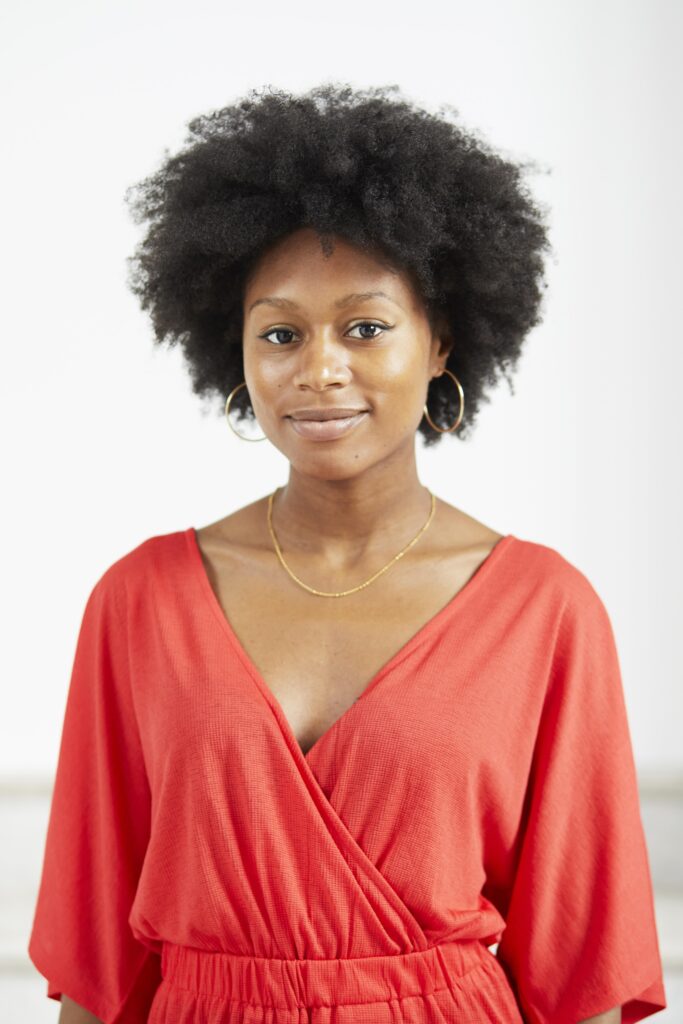
The young British pianist Isata Kanneh-Mason made a splash in 2019 with her debut recording, a sumptuous account ofClara Schumann’skeyboard music to mark the composer’s bicentennial. But that release only hinted at the full range she’s capable of.
During a brief but brilliant solo recital in Herbst Theatre on Monday, March 7, presented by San Francisco Performances, Kanneh-Mason unveiled a variety of interpretive resources designed to lend heft and beauty to any repertoire she sets her mind to.
She plays with unreserved power when necessary, thundering forth full-bodied chords that combine sonorous weight and perfectly rounded edges. She skitters through rapid passagework without dropping a note. She lets you hear interior voices with all the clarity of a Bach fugue, even in music that is stylistically worlds away from the Baroque. She’s a phenom.
It’s not entirely true, perhaps, to say that the Clara Schumann disc announced Kanneh-Mason’s arrival on the international scene. She’s part of a large British family of young musicians that have drawn attention for the better part of a decade now — chief among them her brother, cellistSheku Kanneh-Mason. (The two siblings are scheduled to return for a duo recital on April 24 in Davies Symphony Hall.) But Kanneh-Mason’s gifts call for a celebration in their own right.
Monday’s program was neatly divided in three, with a pair of works each from the Classical, Romantic and contemporary periods; there was also a deft little encore of Gershwin’s Piano Prelude No. 1. All of them gave evidence of a superb musical artist at work.
To this taste, it was the Romantic music that elicited Kanneh-Mason’s most remarkable work. She delivered Chopin’s Ballade No. 2 with a blend of rhythmic lightness and physical heft that made the music sound fully three-dimensional. The chords of the opening strain were richly shaded all the way through, yet they moved with winning buoyancy.
Even more impressive was the set of five pieces from Rachmaninoff’s “Études-tableaux,” Op. 39, which Kanneh-Mason ran through with barely a pause for breath. This was one of those performances that are fully virtuosic yet don’t ask the listener to dwell on the athleticism on display — or at least, not to do so exclusively.
One could marvel at the fleetness and dexterity with which Kanneh-Mason gets her fingers around a keybaord, but more to the point was her ability to shape the melodic phrases that emerge from the tumult.
μsic of recent vintage was represented by the Russian composer Sofia Gubaidulina’s great “Chaconne” of 1962 — a dynamic and joyfully accessible series of demanding variations on a harmonic theme — and “Cwicseolfor,” a new piece written this year for Kanneh-Mason by the Jamaican-born British composer Eleanor Alberga. The gestural language is notably similar in both pieces, which are laden with prickly dissonant chords that resolve unexpectedly into music of a more ingratiating nature.
Yet Gubaidulina’s variations roll out in a crisply regimented series of distinct episodes, in which it’s easy to hear where each one ends and the next one begins. “Cwicseolfor,” by contrast, whose title is an Old English spelling of “quicksilver,” shimmers and darts in unpredictable directions, as befits its subject matter. Kanneh-Mason played both works with unassailable mastery.
Framing the recital were two sonatas from the late 18th century, Mozart’s Sonata in C Minor, K. 457, and Beethoven’s Sonata in F Minor, Op. 2., No. 1. Both sounded crisp, elegant and shapely, even if Kanneh-Mason sounded somehow in a hurry to get through each one and on to the next thing. (Wherever either composer indicated that a section should be repeated, Kanneh-Mason brusquely ignored the request.)
Kanneh-Mason家族显然将是一个increasingly notable presence in concert halls and recording studios (there are more younger siblings at home waiting to join the queue). But it’s important, I think, to honor the individual artistry of each member, and Monday’s recital was a chance to do just that.
